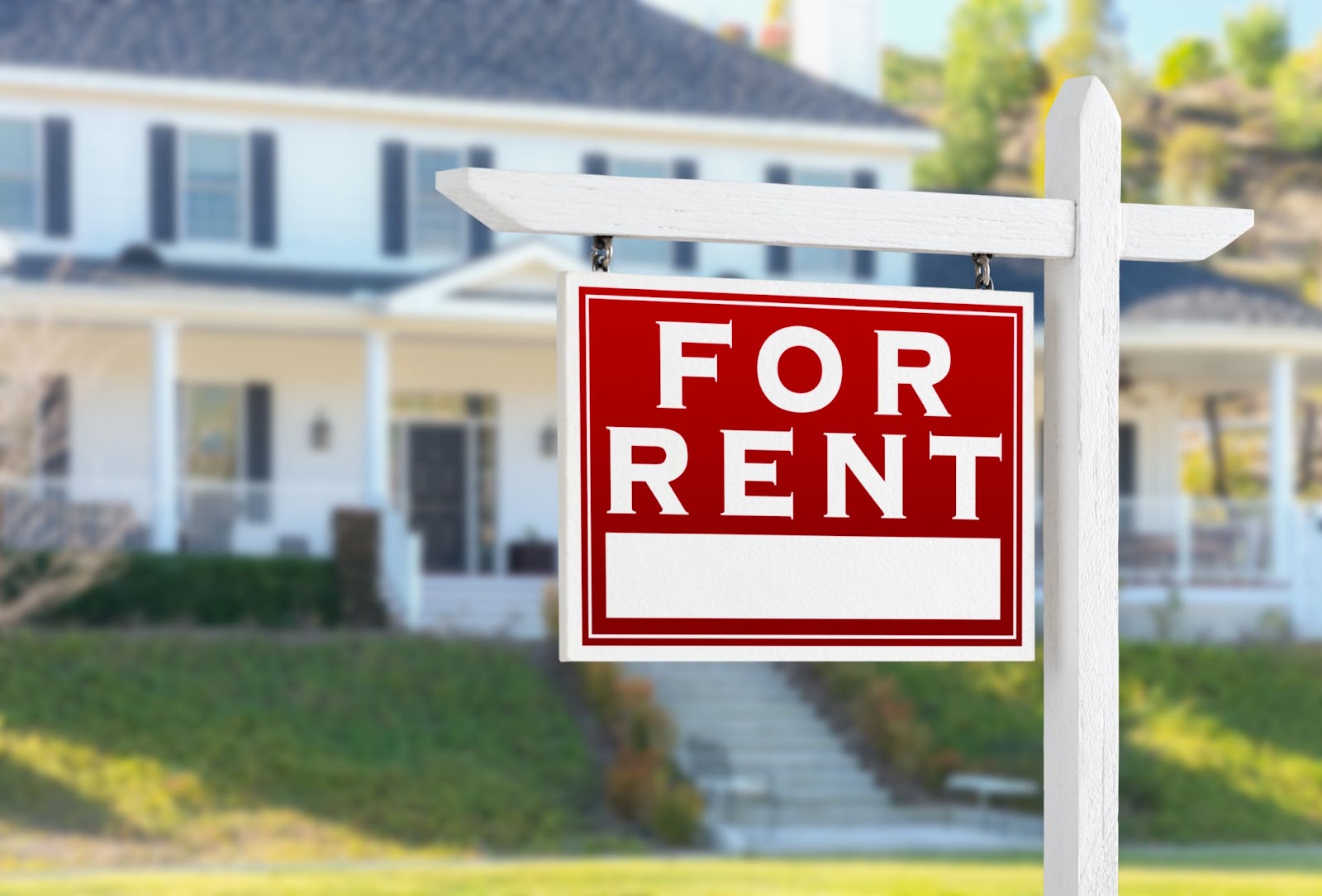Seven ways to decorate your home when renting

Hi News,
Brits are being told of seven things they can and can’t do to their home when living in a rented property.
Home improvement experts have shared seven things tenants can do to decorate their space without upsetting landlords.
Full release below. Thanks
How to decorate your home when renting
Brits are being told how they can decorate their homes to add character when renting.
Home improvement experts at Online-Bedrooms.co.uk have shared seven ways tenants can make their living space feel like their own.
The space we live in is important to our mental wellbeing and can affect how we feel and behave.
When it comes to rented properties, tenants often have little freedom of choice when it comes to decorating their space.
Tenants can ask for their landlords permission to decorate their property but landlords are not obliged to say yes.
The DIY experts have shared some of the ways those renting homes or flats can decorate their space and make it feel more inviting.
Nic Shacklock from Online-Bedrooms said: “Renters often have very little freedom when it comes to decorating their homes or flats but it’s important to be able to make your living space feel unique and personal to you so you can live comfortably and have a place to call home.
“Of course you can always ask your landlord about decorating and they may give you some creative freedom but some will also say no because they are not legally obligated to let you.
“There are some things you can do to decorate your living space without breaking any rules so that you and your landlord are happy.
“Adding things such as rugs, plants and other furniture such as bookcases are just some of the ways you can add character and personality into your home.”
How to decorate your home when renting:
Use rugs
Rugs are a great way to add character to a room and give it a cosy feel without having to change anything. They’re also a great way to incorporate some colour and texture.
Add pictures
Adding pictures is perfect for making a rented home feel more personal. Add some of your favourite pictures of your family or friends or opt for artistic pieces that show your personality. Avoid hanging any pictures with nails and opt for command strips instead.
Ask your landlord if you can paint the walls
Most landlords paint rental properties using neutral colours to appeal to most people. It’s worth asking them if you can paint over these for your tenancy, offering to paint them their original colour before you move out. The decision ultimately lies with your landlord.
Furniture
Your rental property will most likely come with basic furniture so consider buying items like bookcases and cabinets for some stylish storage.
Add plants
Plants can add greenery and life into your home, fill up any empty spaces and make it feel more personal to you. Houseplants are also really great for our mental health and wellbeing.
Incorporate different lighting
Adding floor lamps, table lamps or string lights allows you to create your own ambience which can help make your rented property feel more cosy in the evenings.
Don’t underestimate accessories
Accessories such as pillow cases, blankets and throws all add warmth and character and they are an easy way to make the space feel more unique and homey.






